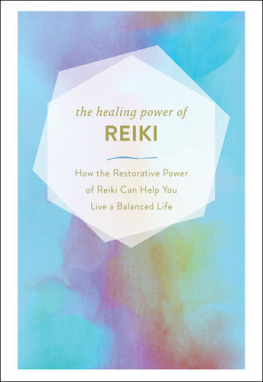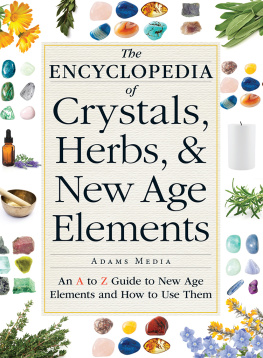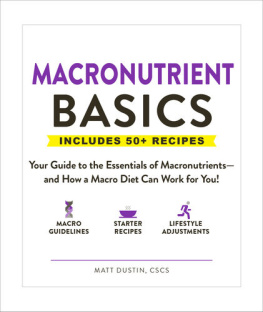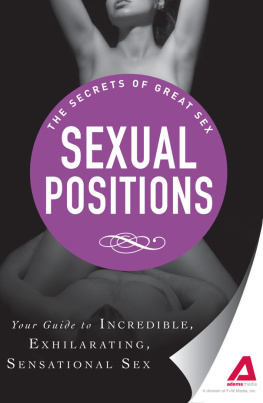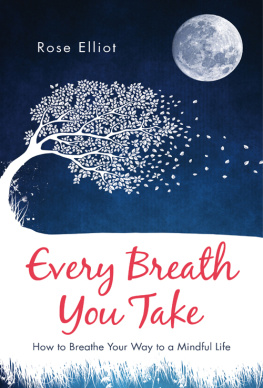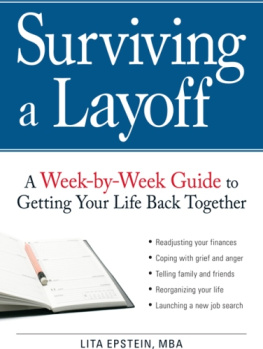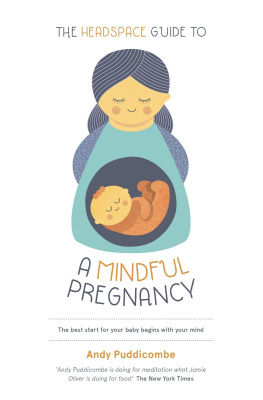Adams Media - What Would the Buddha Recycle? A Mindful Guide to an Eco-Friendly Life
Here you can read online Adams Media - What Would the Buddha Recycle? A Mindful Guide to an Eco-Friendly Life full text of the book (entire story) in english for free. Download pdf and epub, get meaning, cover and reviews about this ebook. year: 2020, publisher: Adams Media, genre: Children. Description of the work, (preface) as well as reviews are available. Best literature library LitArk.com created for fans of good reading and offers a wide selection of genres:
Romance novel
Science fiction
Adventure
Detective
Science
History
Home and family
Prose
Art
Politics
Computer
Non-fiction
Religion
Business
Children
Humor
Choose a favorite category and find really read worthwhile books. Enjoy immersion in the world of imagination, feel the emotions of the characters or learn something new for yourself, make an fascinating discovery.

- Book:What Would the Buddha Recycle? A Mindful Guide to an Eco-Friendly Life
- Author:
- Publisher:Adams Media
- Genre:
- Year:2020
- Rating:5 / 5
- Favourites:Add to favourites
- Your mark:
- 100
- 1
- 2
- 3
- 4
- 5
What Would the Buddha Recycle? A Mindful Guide to an Eco-Friendly Life: summary, description and annotation
We offer to read an annotation, description, summary or preface (depends on what the author of the book "What Would the Buddha Recycle? A Mindful Guide to an Eco-Friendly Life" wrote himself). If you haven't found the necessary information about the book — write in the comments, we will try to find it.
Adams Media: author's other books
Who wrote What Would the Buddha Recycle? A Mindful Guide to an Eco-Friendly Life? Find out the surname, the name of the author of the book and a list of all author's works by series.
What Would the Buddha Recycle? A Mindful Guide to an Eco-Friendly Life — read online for free the complete book (whole text) full work
Below is the text of the book, divided by pages. System saving the place of the last page read, allows you to conveniently read the book "What Would the Buddha Recycle? A Mindful Guide to an Eco-Friendly Life" online for free, without having to search again every time where you left off. Put a bookmark, and you can go to the page where you finished reading at any time.
Font size:
Interval:
Bookmark:
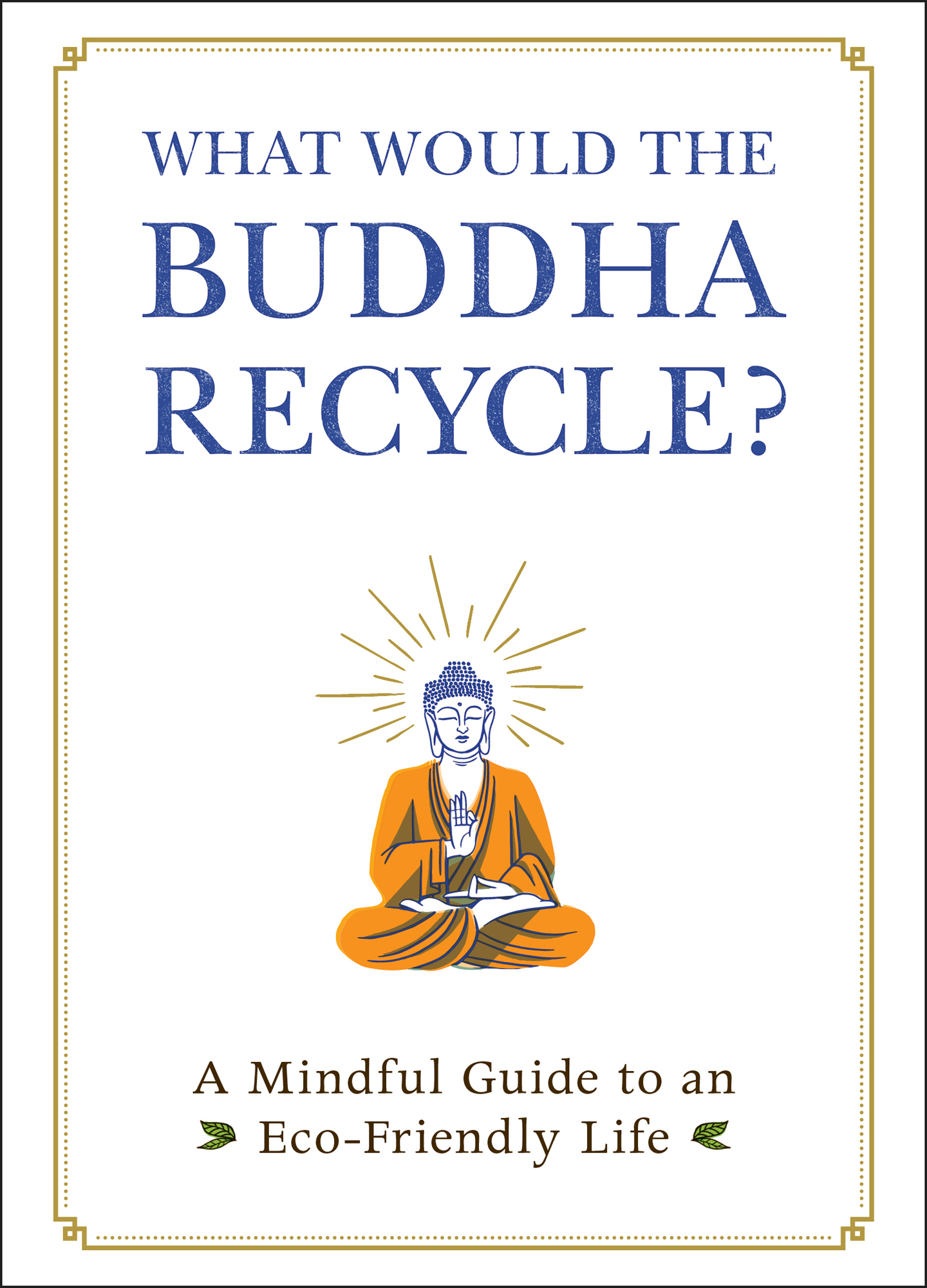


Adams Media
An Imprint of Simon & Schuster, Inc.
57 Littlefield Street
Avon, Massachusetts 02322
www.SimonandSchuster.com
Copyright 2020 by Simon & Schuster, Inc.
All rights reserved, including the right to reproduce this book or portions thereof in any form whatsoever. For information address Adams Media Subsidiary Rights Department, 1230 Avenue of the Americas, New York, NY 10020.
This Adams Media hardcover edition November 2020
ADAMS MEDIA and colophon are trademarks of Simon & Schuster.
For information about special discounts for bulk purchases, please contact Simon & Schuster Special Sales at 1-866-506-1949 or .
The Simon & Schuster Speakers Bureau can bring authors to your live event. For more information or to book an event contact the Simon & Schuster Speakers Bureau at 1-866-248-3049 or visit our website at www.simonspeakers.com.
Interior design by Julia Jacintho
Interior illustrations by Priscilla Yuen
Cover design by Sylvia McArdle
Library of Congress Cataloging-in-Publication Data has been applied for.
ISBN 978-1-5072-1385-8
ISBN 978-1-5072-1386-5 (ebook)
Many of the designations used by manufacturers and sellers to distinguish their products are claimed as trademarks. Where those designations appear in this book and Simon & Schuster, Inc., was aware of a trademark claim, the designations have been printed with initial capital letters.
Contains material adapted from the following title published by Adams Media, an Imprint of Simon & Schuster, Inc.: What Would the Buddha Recycle? by Rosemary Roberts, copyright 2009, ISBN 978-1-60550-117-8.
The paper used in this book is from responsibly managed forests.
Find peace through choosing organic rather than synthetic clothing.
Achieve inner calm by converting your home to solar energy.
Be at one with the world through buying from your local farmers market.
More than 2,500 years ago, a child was born in India. His name was Siddhartha Gautama, and he became the Buddha, a figure who would influence millions of people through the centuries. The Buddha taught us to be conscious of the world and the role you playthe direct impact of your thoughts, choices, and actions. Across the centuries, his message still shines: Be one with that world! Today, that means supporting a sustainable environment. The purpose of this book is to offer you a different perspective on how to transform your eco-footprint through education, conscious living, and self-awareness.
The action of mind (thought) and choice (action) based on intention (environmental safety) is Zenthe school of Mahayana Buddhism that originated in China about 1,200 years ago. You are not simply one, but one of the world whose presence, like the ripple of a pebble tossed into a pond, affects the vibration and well-being of everything and everyone around you. The practice of Zen, as it relates to living in a more environmentally friendly way, is to gain a better understanding of your personal rippleto more consciously acknowledge the way in which your choices and actions contribute to your health, life, and the planet Earth, adding richness to it.
In these pages, youll find suggestions about:
- Your use of energy resources
- Mindful housecleaning and washing
- Zen eating and drinking habits
- Green personal care
- Ecologically sound transportation
- Vacationing responsibly
With the added tools offered by Zen you can begin to consciously alter the ramifications of your personal global ripple in a very positive way. Because Zen does not rely on formal religious dogma, it can be incorporated into your life regardless of your religious beliefs and traditional practices. Buddha didnt think of himself as a god, but as a human being who found enlightenment and peace by shedding material excess and understanding his connection to the world. This path is open to anyone.
Its true that the thought of reducing your environmental footprint can seem daunting. But you dont have to turn your life upside down. Mindfully caring for the earth and its inhabitants can be done by making small changes and coming to simple realizations about your lifestylewhich is just how Buddha made his way to Nirvana.
 The Zen of Sustainability
The Zen of SustainabilityZen teaches us that a ripple begins as a thought and transforms into an action that moves throughout the universe. Many of us never know the full consequences of our actions, but every now and then we have the opportunity to witness a ripple become a wave.
Within the very heart of Zen are eight tools of right that make every task, every decision, and, consequently, every reaction to your actions purposeful. When used to preserve and honor the earth and the world around, above, and below us, these tools embody the essence of sustainabilitythe Zen way. The pathway of eight is a tool more than a ruleeach part of the pathway is a critical step toward enlightenment and well-being for those on Earth and Earth itself.
Becoming sustainable has now become a passion of the masses, and, indeed, a necessary way of life if we are to preserve life on Earth itselfincluding our own. With consciousness comes opportunity, and living an eco-friendly life has never been easier for the individual, a community, or a nation.
Can we ignore what weve learned about the environment so far, or ignore further the rapid fire of new information from a focused scientific community? If we choose to do so, what price for our actionor lack of actionwill our children, and our childrens children, ultimately pay? With right thought, change becomes possible.
Speaking out about the need for conservation and green technologies, as well as praising others for their efforts, is using right speech. Reciting all the excuses as to why recycling is too much of a hassle is a vibrational assault against the earth.
Given that every action has a cause and effect, its important to examine what you think and what you know, and then choose actions that first do no harmactions that support the well-being of human, plant, and animal, as well as the earth.
Livelihood is your expression of life, the spirit from which you draw and expand upon each and every day. Expressing your ecological footprint in ways that benefit and support all aspects of your life (home, work, and play) is right livelihood.
Right effort is about doing what you can, when you can, and because you can. When you apply effort to thinking about the changes you can make toward your green transformation (right thinking), then take action to make those changes (right action), thats right effort. Right effort applies to the smallest change equally as it applies to the largest change.
Font size:
Interval:
Bookmark:
Similar books «What Would the Buddha Recycle? A Mindful Guide to an Eco-Friendly Life»
Look at similar books to What Would the Buddha Recycle? A Mindful Guide to an Eco-Friendly Life. We have selected literature similar in name and meaning in the hope of providing readers with more options to find new, interesting, not yet read works.
Discussion, reviews of the book What Would the Buddha Recycle? A Mindful Guide to an Eco-Friendly Life and just readers' own opinions. Leave your comments, write what you think about the work, its meaning or the main characters. Specify what exactly you liked and what you didn't like, and why you think so.



